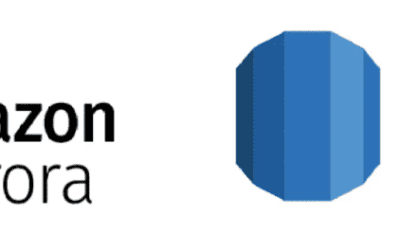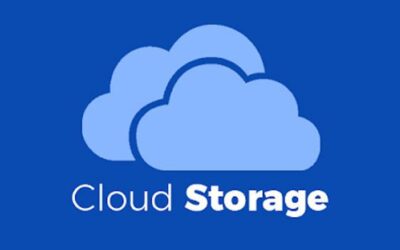Cloud environments and their pricing models can be difficult to control. Cloud computing does not offer the best visibility and it is easy to lose track of which price control factors are having an impact on your budget. Having the right tools can help put value to parts of an environment and provide guides on how to better bring budgetary issues back under control.
Dolan Cleary
Posts and articles by Dolan Cleary
The Difference Between Amazon RDS and Aurora
AWS does incorporate several database services that offer high performance and great functionality. However, customers do find the difference between Amazon Relational Database Service and Amazon Aurora. Both services do provide similar functions, but do cover their own use cases.
AWS Snowflake Data Warehouse Pricing Guide
AWS Snowflake Data Warehouse – or just Snowflake – is a data cloud built for users to mobilize, centralize, and process large quantities of data. Regardless of how many sources are connected to Snowflake or the user’s preferred type of organized data used, data is easily stored and controllably shared with selectively-authorized access. Snowflake does offer extensive control over its pricing, though how it works isn’t always clear.
Single-Tenant vs. Multi-Tenant Cloud Environments
Operating a cloud environment and optimizing Software as a Service can be managed in two different methods. Reasons for adopting either single-tenant or multi-tenant cloud environments are dependent on business and customer-related factors as well as how much more expensive one architectural structure will be over the other. Both structure types also have a number of security and privacy implications tied to their inherent design.
Guide to Cost Factors for Amazon’s RDS Pricing
Amazon sports a complex pricing model. As simple as the pay-for-what-you-use model sounds, there are several nuances to every service from data used to computing components chosen that can easily let users blow through their entire budget. That’s not to say AWS is an inherently expensive platform and can be adapted to with proper planning and understanding of the contributing factors to billing.
The Best Containers Platforms to Replace Docker
Docker is still a popular platform for container projects and applications due to its ease of use, modernized tools, and widely accepting compatibility. It’s capable of packaging applications with their dependencies, letting the application run on any OS and multiple environment types. It can roll back, track changes to specific users, and run on any environment it’s installed on. As much as Docker has revolutionized the use of containers, Kubernetes has started depreciating it as early as 2020.
What is the Rule of 40 for SaaS Companies?
Software as a Service businesses are dependent on customer retention to maintain income. Companies naturally grow revenue faster if it continues to acquire and retain customers compared to just focusing on the existing customer base. Determining the rate of growth is therefore important to understanding the health of the SaaS platform. Hence, the Rule of 40.
A Comprehensive Look at Cloud Storage Pricing
Having Cloud Storage helps to synchronize key documents between remote workers and to manage data as needed. Cloud services provide a number of features that let users scale contents as they need to and protect storage contents with. Regardless of platform or device type, contents can be accessed by all users who can share that cloud storage. The vendors that provide cloud storage services each have their own features that make them ideal for specific users.
Amazon Elastic Cloud Computing Pricing Guide
Amazon Elastic Cloud Computing is the default option for computing on AWS. Outside of outsourced cloud computing options, it is the default service for building, running, and scaling AWS-based applications. As such, EC2 will likely be the main driving force behind AWS bills. Understanding how to control said costs is therefore the most important factor in managing your AWS environment.
Amazon Simple Storage Service Price Guide
AWS pricing is incredibly complex and can result in some users overblowing their budgets very easily. Amazon does have tools for predicting prices and controlling them, though there is a learning curve to it. This is a guide on what controls there are for Amazon Simple Storage Service’s spending.









